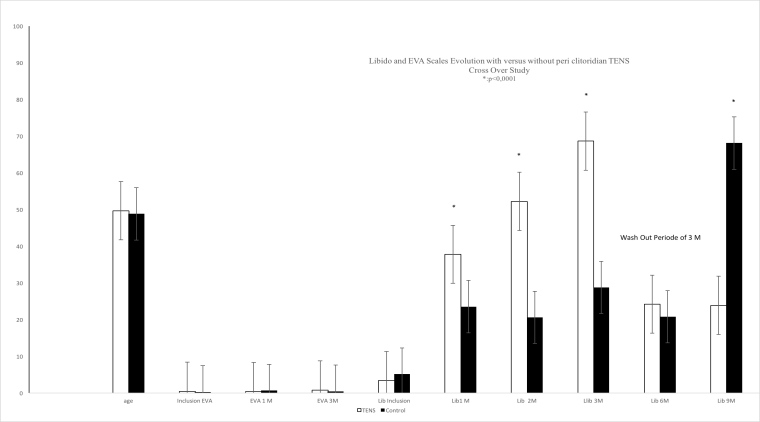Damien Haton-Pietrin
Neuromodulation Fundamental Physics Laboratory, France
Title: Chronic pain and comorbidity: How to increase the sexual excitation in spinal cord stimulation relief patients over 40 years old?
Biography
Biography: Damien Haton-Pietrin
Abstract
Introduction: Chronic pain causes a drastic reduction in libido that is also physiologically lowered in 40% of women, over 40 years. TENS has never been so far published have an effect on libido. We used TENS for peri clitoral with electrical stimulation 3 V to 6 V for 30 minutes, 3 times a day for three months. The population of women studied was divided into two groups: TENS group was evaluated versus the control. Pain scores EVA was measured, a rated scale of 0 to 100 were used to measure the libido experienced by patients. Inclusion criteria in tested group were: SCS chronic pain relief longer than 3 months and up to 3 years, and the inclusion criteria recommended by the INS for the SCS. Two groups of patients were formed: TENS-C group: TENS for 3 months and then stop (n = 35) versus C-TENS group (n = 22). Both scales were measured according libido and EVA, at baseline of 1, 3, 6 and 9 months. TENS was stopped at three months after inclusion for the treated group. Treated and control group were monitored at 1-2-3-6 and 9 months. A washout period was defined for cross over with a simple observation period of 3 months. Statistical analysis consisted of t-test.
Methods & Results: The population was homogeneous in absence of pain (p>0.5). 33 patients were included in the TENS-C group and 20 patients in the C-TENS group. The results of TENS show that electrical stimulation (ES) of the anterior pelvis promotes a significant increase (p<0.0001) of the libido in the C-TENS group at the first month of treatment. This increase experienced sexual appetence on a numerical scale is constant as long as the treatment is active. Libido in both groups was comparable and not significantly different after the washout period. The C-TENS group also has an increased libido during treatment.
Conclusion: Chronic pain is causing much comorbidity including a drop-in libido which worsens the quality of life of patients. The use of an electrical stimulation device for low voltage shows that the patients treated with TENS feel increased libido. The clearance period also helps to show that the non-treated group initially present after three months of treatment increased libido. In the absence of ES, libido was lowered in the TENS-C group after three months of washout. These results are encouraging for the treatment of comorbidities related to chronic pain which cut the quality of life of female patients over 40 who also suffer the aging of sexual excitability with age.

